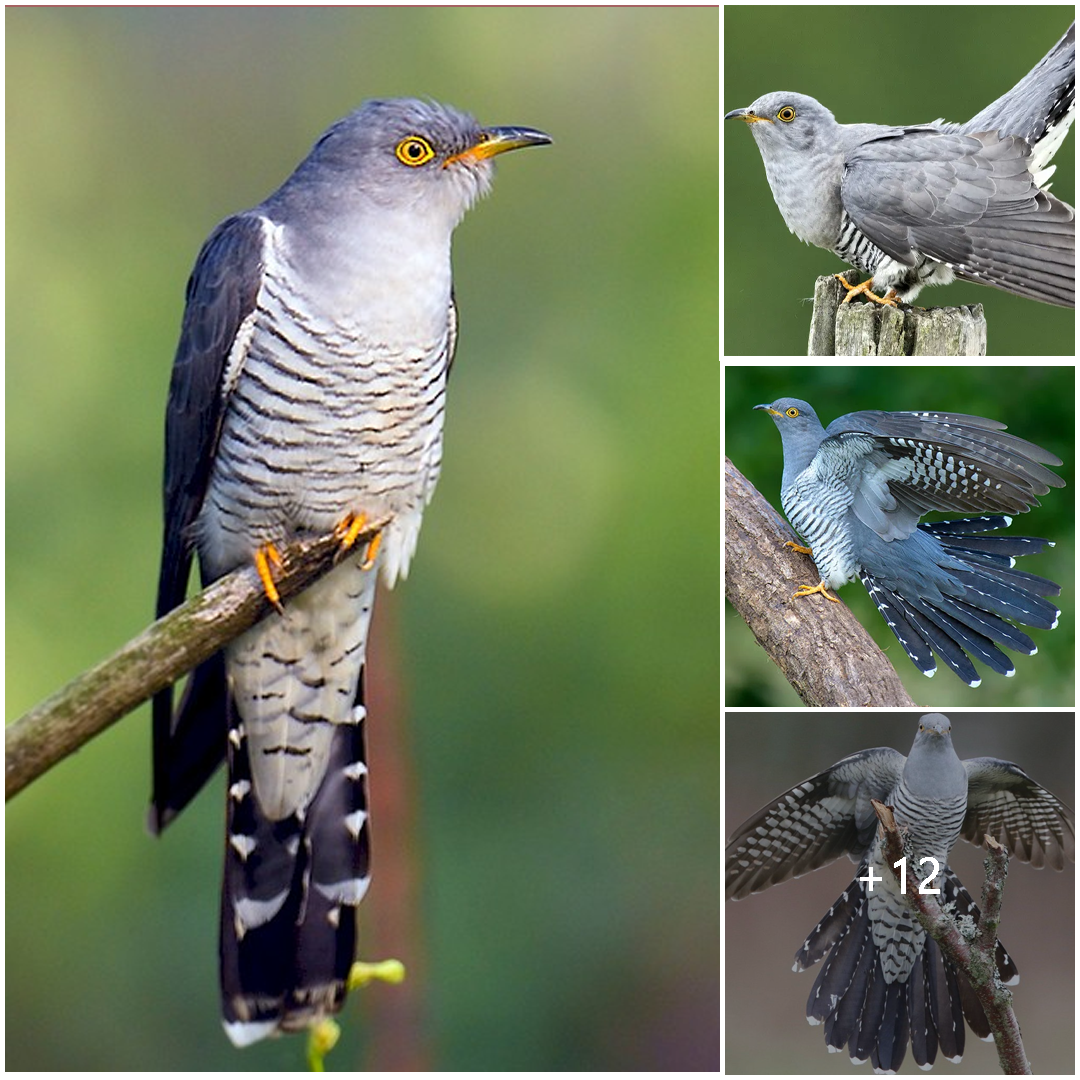
Analyzing the Cuckoo: Insights into a Remarkable Bird Species
The cuckoo, belonging to the family Cuculidae, stands out as a fascinating and enigmatic bird species that has captured the curiosity of researchers and bird enthusiasts alike. Through analysis, we can delve into various aspects of the cuckoo’s biology, behavior, and ecological significance.
1. Breeding Strategy: One of the most intriguing aspects of the cuckoo is its unique breeding strategy, characterized by brood parasitism. Female cuckoos lay their eggs in the nests of other bird species, known as hosts. This behavior has evolved as an adaptation to optimize reproductive success, as cuckoos forego the energy-intensive task of nest-building and chick-rearing. Instead, they rely on the hosts to incubate their eggs and feed their young. The cuckoo eggs often mimic the appearance of the host’s eggs, ensuring acceptance and reducing the likelihood of rejection.
2. Co-evolution with Hosts: The relationship between cuckoos and their hosts has led to a fascinating co-evolutionary arms race. Host species have developed various defenses to detect and reject cuckoo eggs, such as egg recognition and rejection behaviors. In response, cuckoos have evolved strategies to evade detection and exploit the vulnerabilities of their hosts. This ongoing co-evolutionary process highlights the dynamic and intricate nature of interspecific interactions in the avian world.
3. Vocalizations and Communication: Cuckoos are renowned for their distinctive calls, which play a crucial role in mate attraction, territory defense, and communication with conspecifics. The male’s melodious song, often associated with the arrival of spring, serves as a signal of reproductive fitness and dominance. Vocalizations also facilitate interactions between males and females during courtship rituals, contributing to mate selection and pair bonding.
4. Habitat and Distribution: Cuckoos exhibit remarkable versatility in habitat selection, occupying a wide range of ecosystems across different continents. From dense tropical forests to open grasslands and woodlands, cuckoos have adapted to diverse environments and ecological niches. Their ability to thrive in varied habitats underscores their ecological flexibility and resilience in the face of environmental challenges.
5. Conservation Concerns: While some cuckoo species are considered of least concern in terms of conservation status, others face threats such as habitat loss, degradation, and climate change. Human activities such as deforestation, agricultural expansion, and urbanization have contributed to population declines in certain cuckoo populations. Conservation efforts focused on habitat preservation, restoration, and sustainable land management are essential for safeguarding cuckoos and their ecosystems.
In summary, the cuckoo represents a captivating subject of analysis, offering insights into evolutionary biology, behavioral ecology, and avian communication. Through comprehensive study and research, we gain a deeper understanding of the intricate dynamics of this remarkable bird species and its significance within the natural world.





